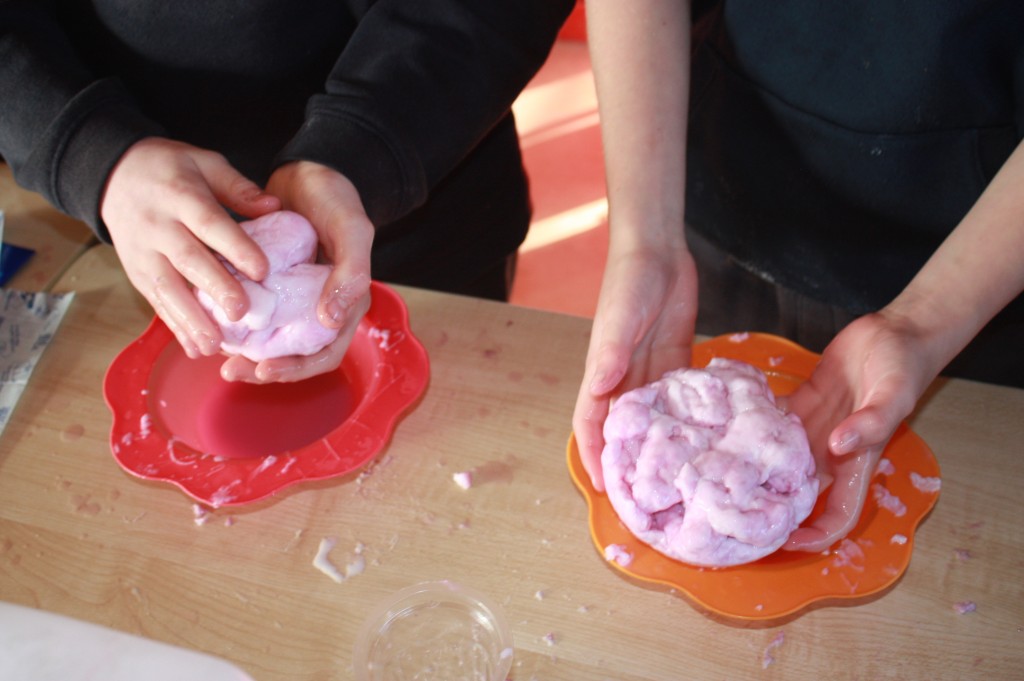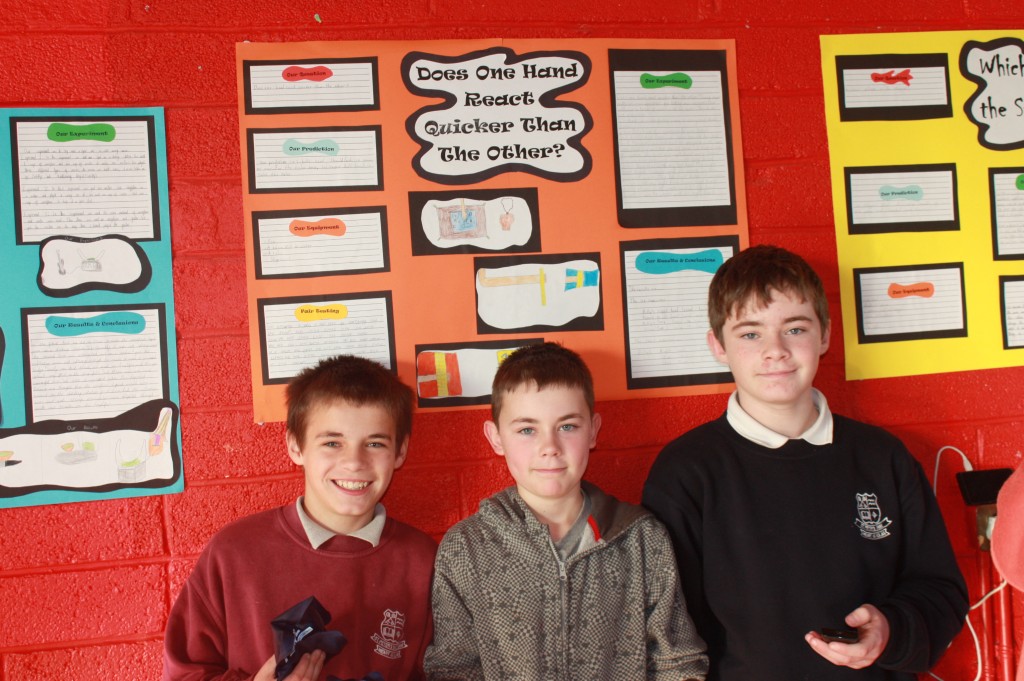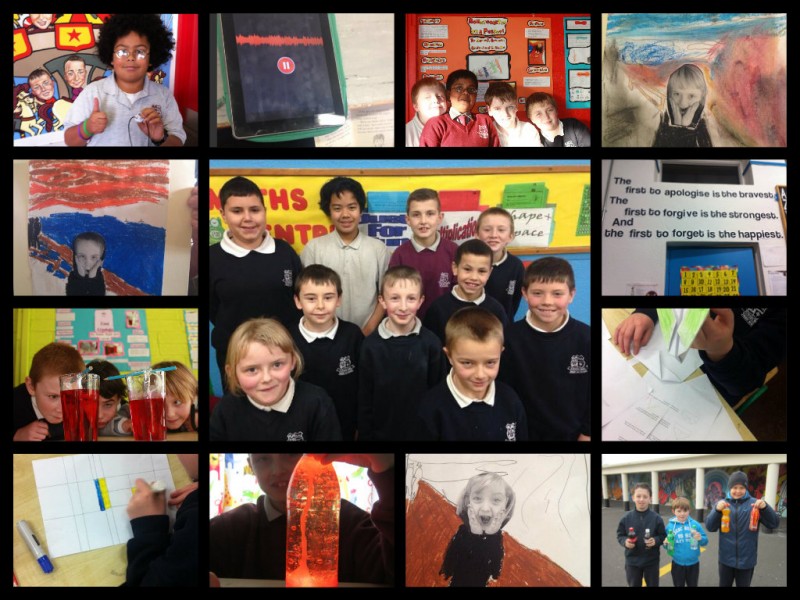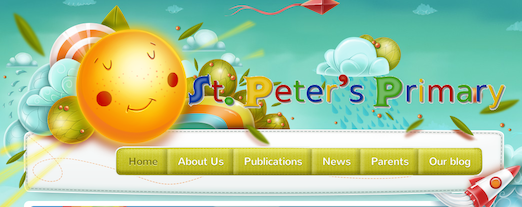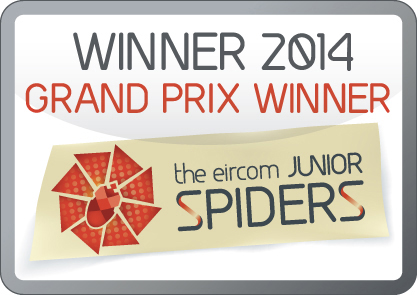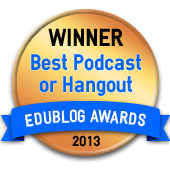Cinderella, via Animoto!
There are many great days in St Peter’s every year. There are great days when we all feel as if we’ve worked together to achieve something special and great days when our fantastic students get to show off the results of all their hard work. Of all the great days in the school calendar, there’s a special one that stands out – we love our Christmas play! We had our first performance at 11.30 a.m. on the Thursday morning and our second at 7 p.m. and we had a ball from start to finish.
For those who aren’t familiar with our Christmas plays, we always start with class plays – a mixture of songs, dances, sketches:
- Ms Brennan’s 2nd class performed their highly entertaining ‘Little Rascals’ – the story of the St Peter’s Girl-Hating Club and how they saw the error of their ways…
- Ms Byrne’s 3rd class had everyone moving with their brilliant version of ‘What does the fox say’
- Mr Foley’s 4th class had trouble in the half-time dressing room in their hilarious sketch
- Ms Sexton’s 5th class performed the ‘Elf Factor’, which had everyone trying to work out how they managed to find floating elves
- Ms Whyte’s 6th class performed a perfectly in-time version of ‘Amhráin na gCupáin’ (The Cups song) which showed off all their hard work and practice
Next, we moved on to the raffle, organised by the Parents’ Council. The Parents’ Council sourced all the fantastic prizes and we’d like to thank all the local businesses who kindly donated prizes. As always, the work that’s seen on the night is only the tip of the iceberg and the Parents’ Council were in working hard on Thursday morning, getting set up. Thanks a million for all your hard work this year! Special thanks also to Alan, Aaron’s dad, who looked after front of house at the main door.
Our main play is always a Roald Dahl version of a well-known fairytale. This year’s tale was ‘Cinderella’ and it was the usual mixture of mayhem and mischief. We have to give great credit to our fantastic cast, who worked so hard throughout. Archie, as Cinderella, won great praise for his singing and acting. Patryk, the Prince, played the ‘bad guy’ wonderfully. Keane and Leon, our Ugly Sisters, had the audience in stitches as the Ugly Sisters. Andrei, our lovely Jam Man, charmed everyone and we are so proud of how hard he worked to prepare for this role.
Every student was a star and we were so proud of all the children, as were the parents. We loved watching the eyes dart as they search for familiar faces in the crowd and then the smile when they find who they were looking for! Thanks a million to our fantastic audiences, who were so supportive. It was lovely to see friends of the school there too – Tommy, Conor and Mary from the SPU, Susan and Greta from Hollyoaks, Michelle from School Completion, Greg and Ms Kane! Thanks a million for coming along.
To finish off the night, we had a fantastic performance of ‘Merry Christmas Everyone’ which had everyone dancing and singing along. Lots of tired heads the following morning, but, as always, worth every minute of hard work that the students put in! Check out our video above to get a flavour of the day!



